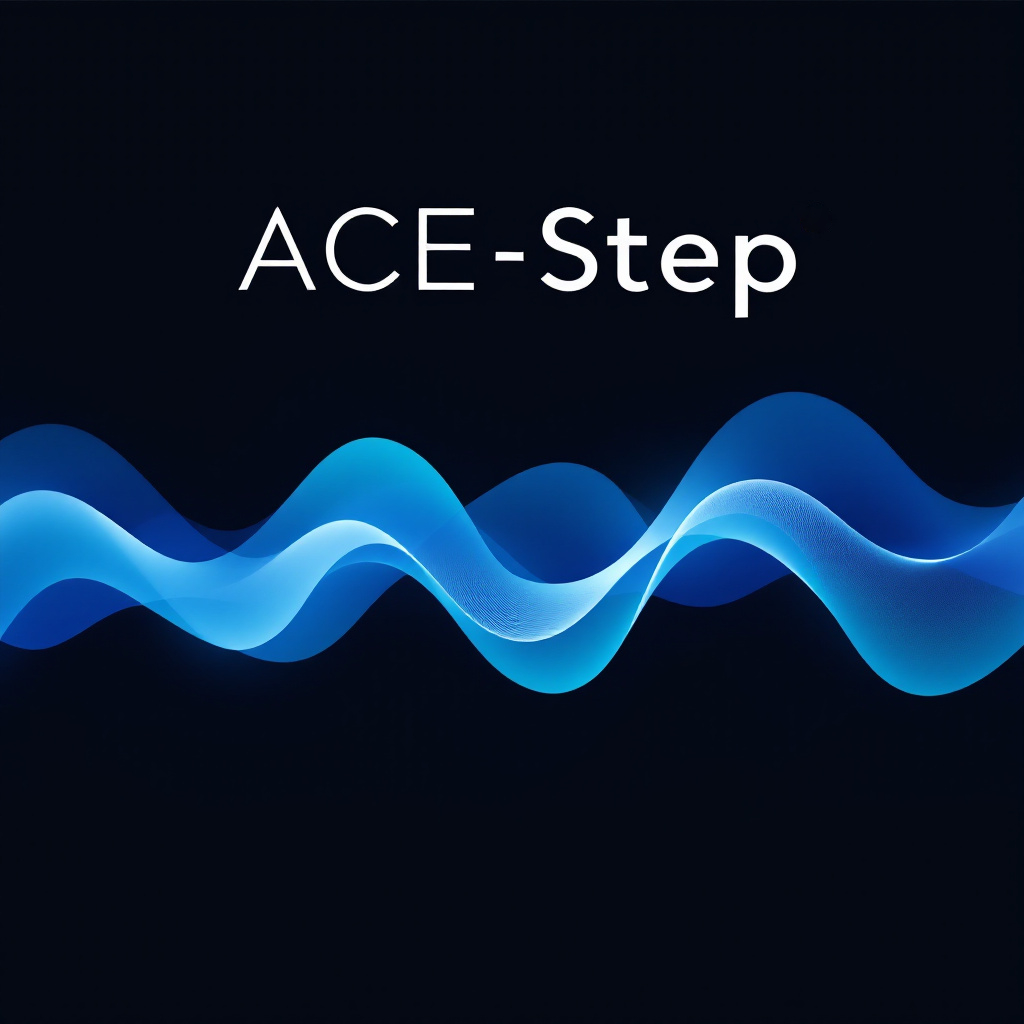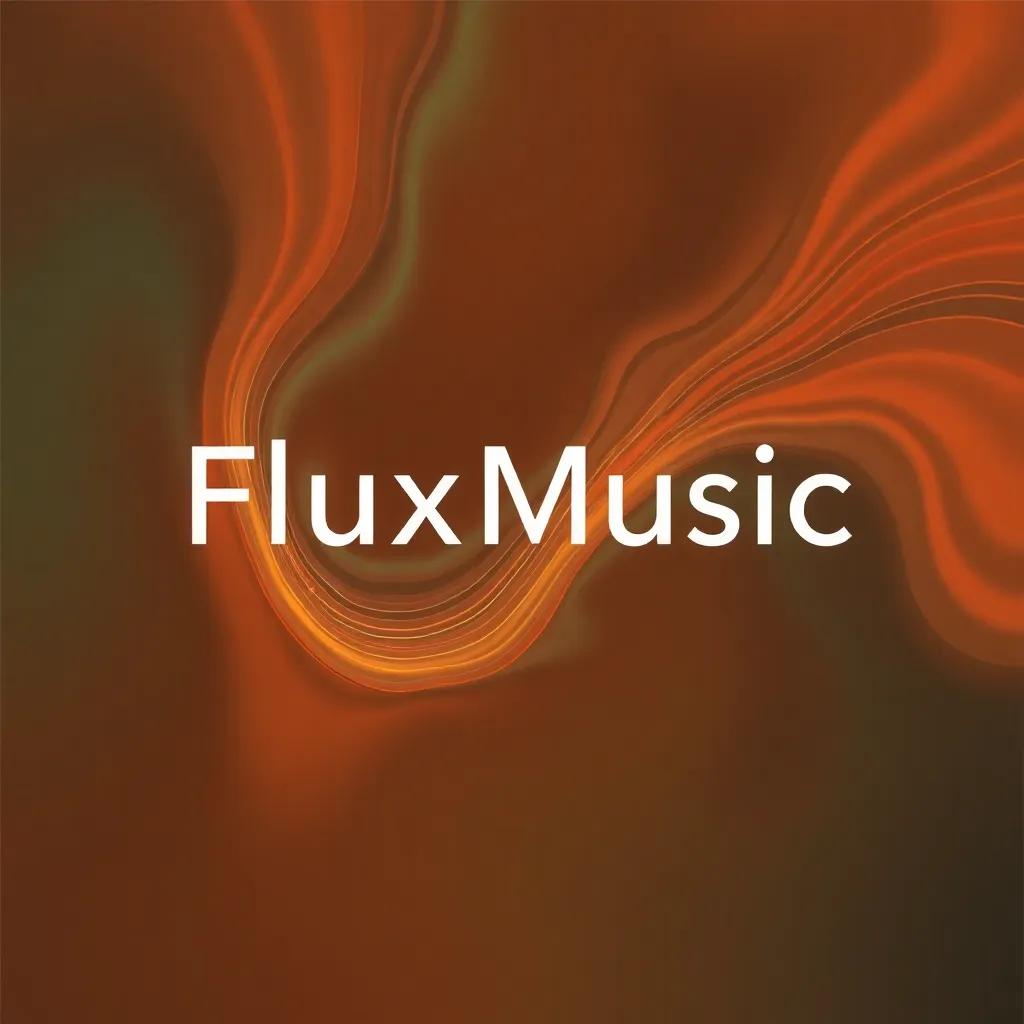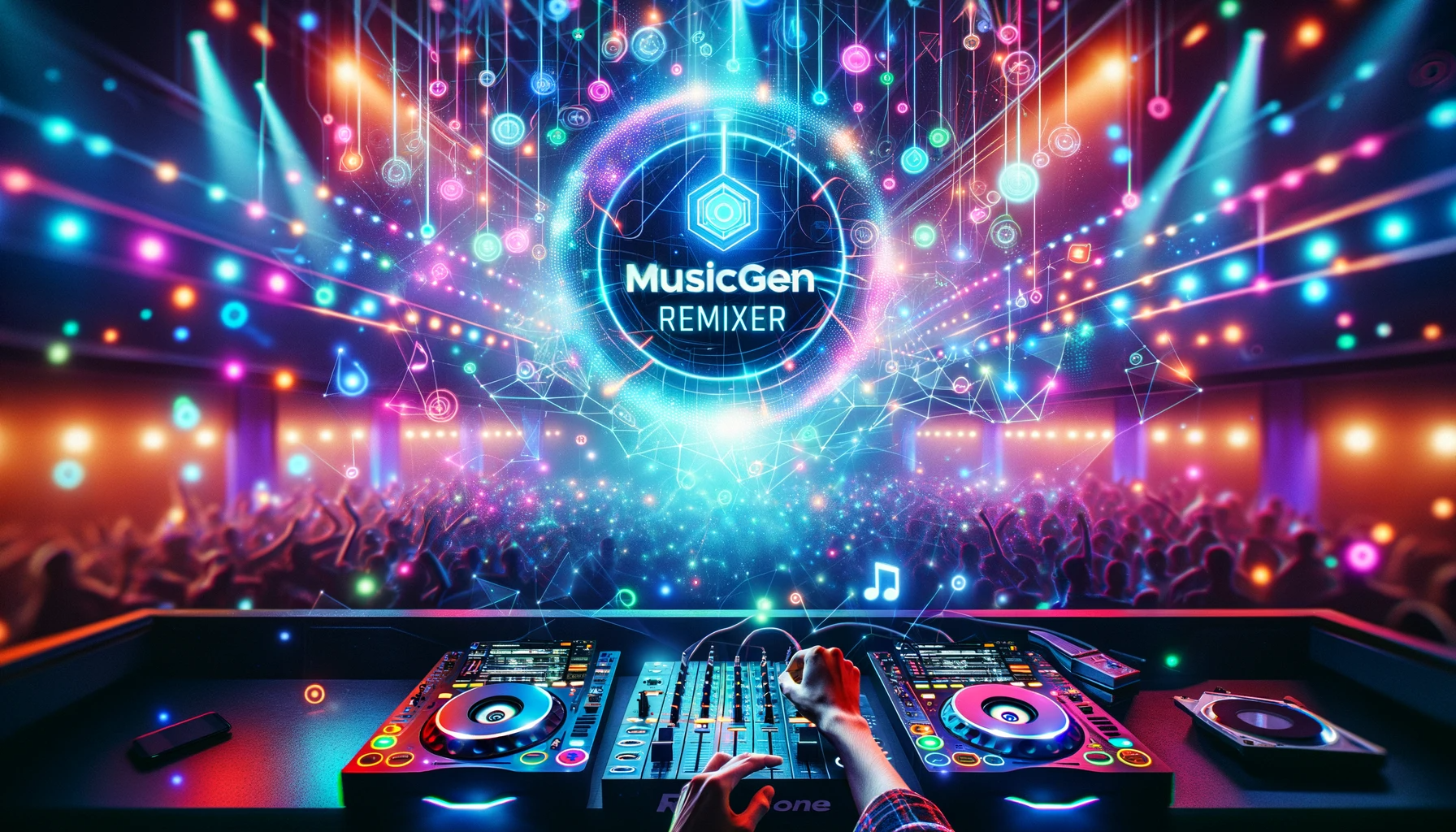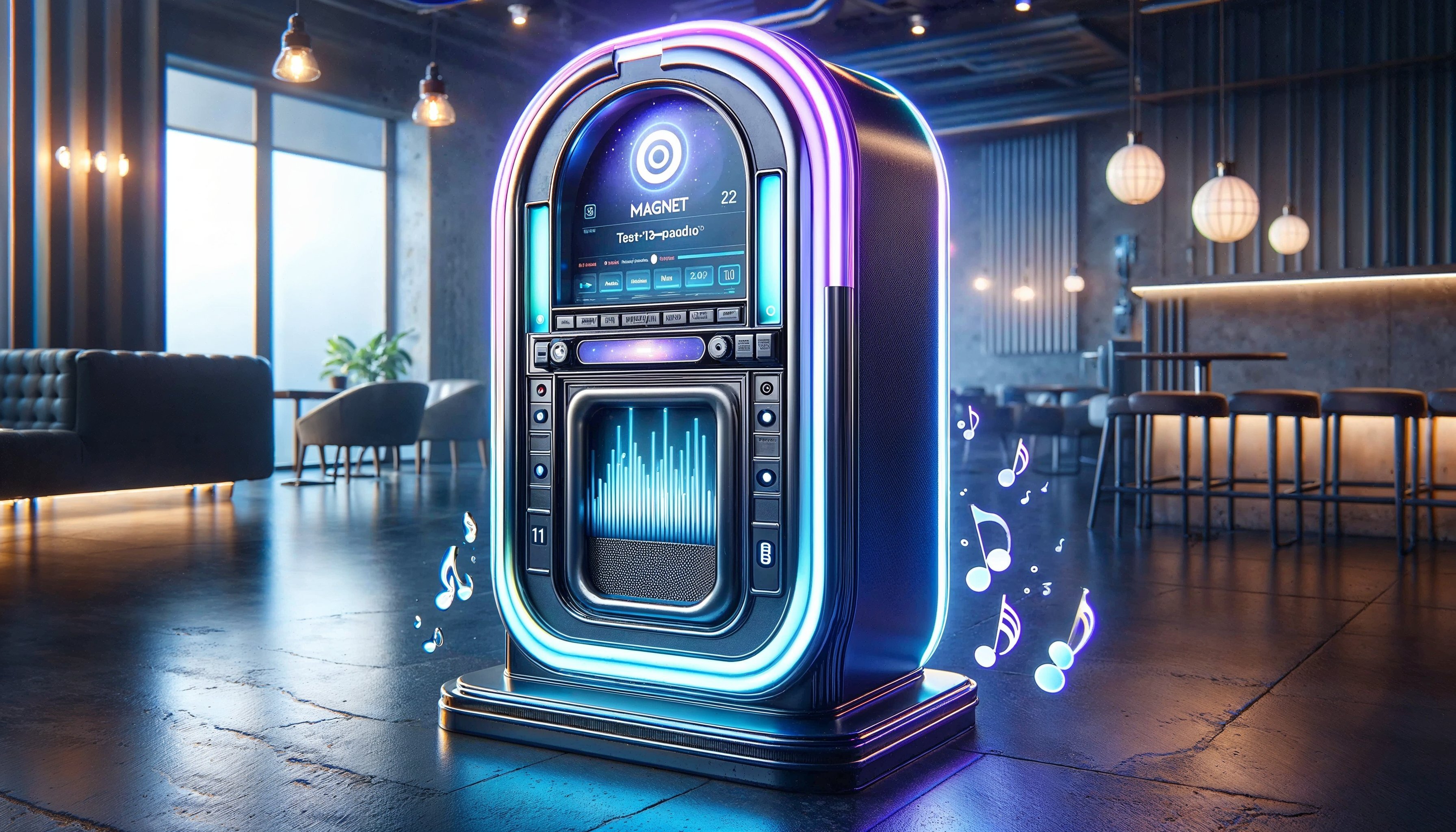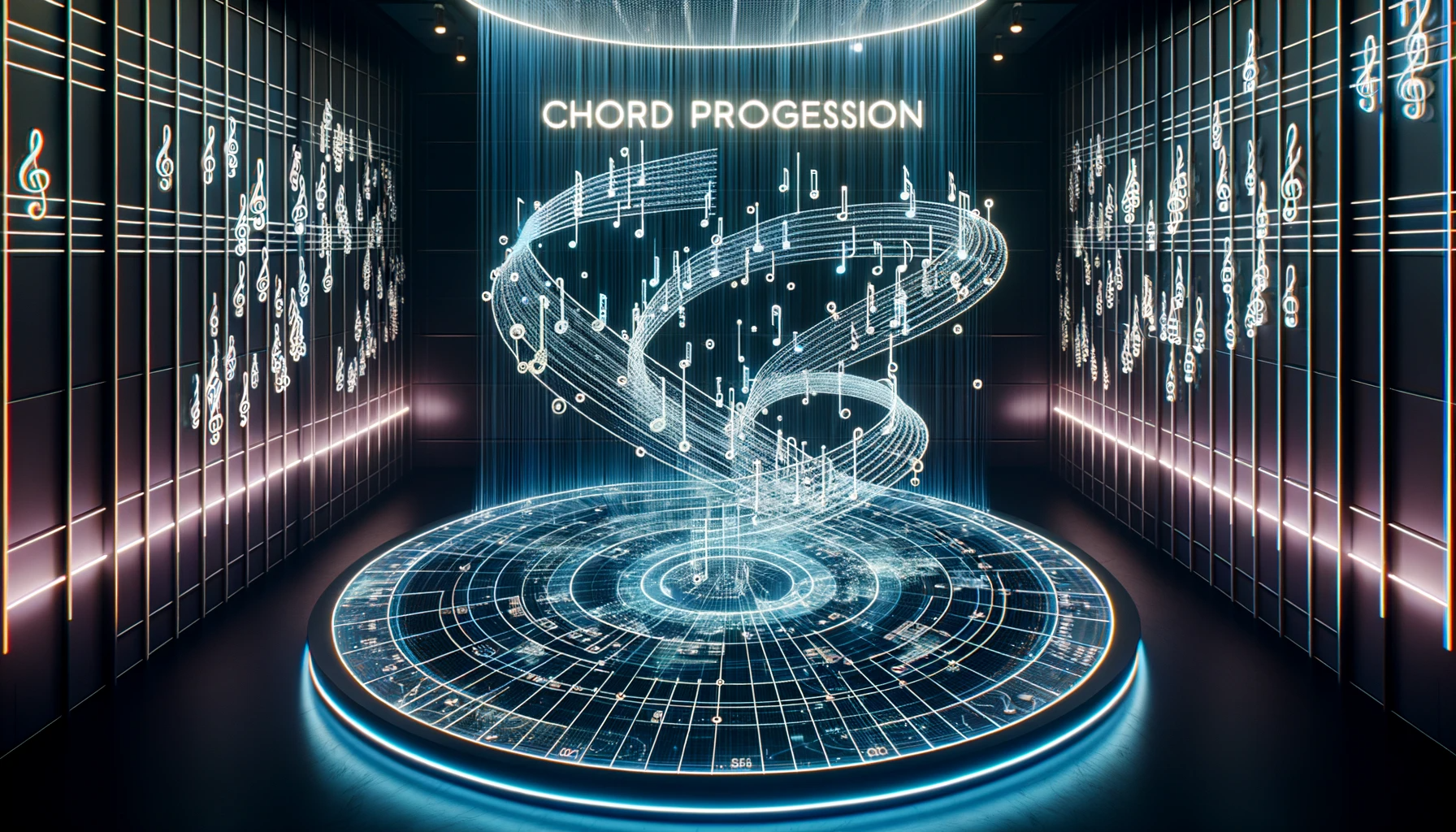Generate music
These models generate and modify music from text prompts and raw audio. They combine large language models and diffusion models trained on text-music pairs to understand musical concepts.
Featured models
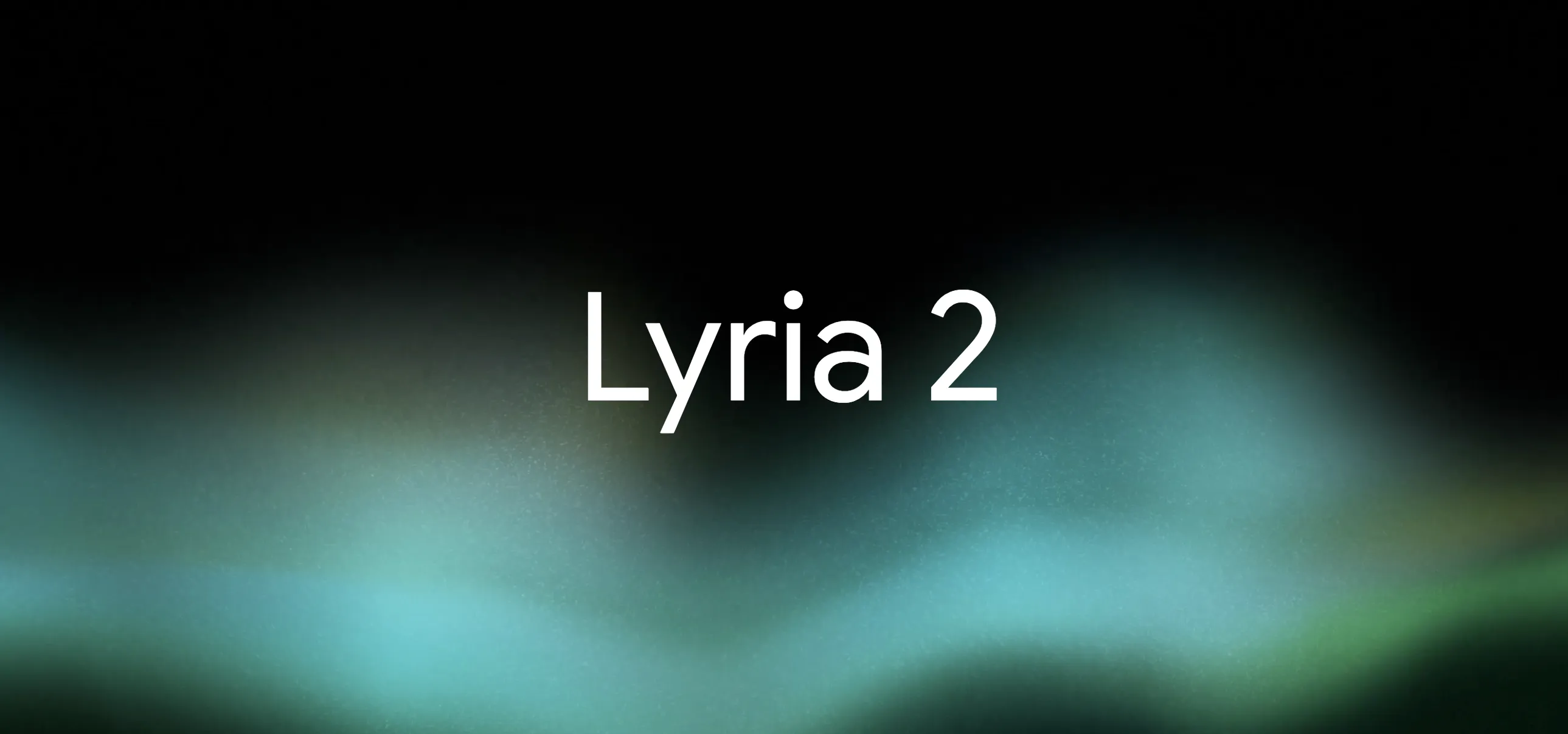
Lyria 2 is a music generation model that produces 48kHz stereo audio through text-based prompts
Updated 3 weeks, 1 day ago
48.6K runs
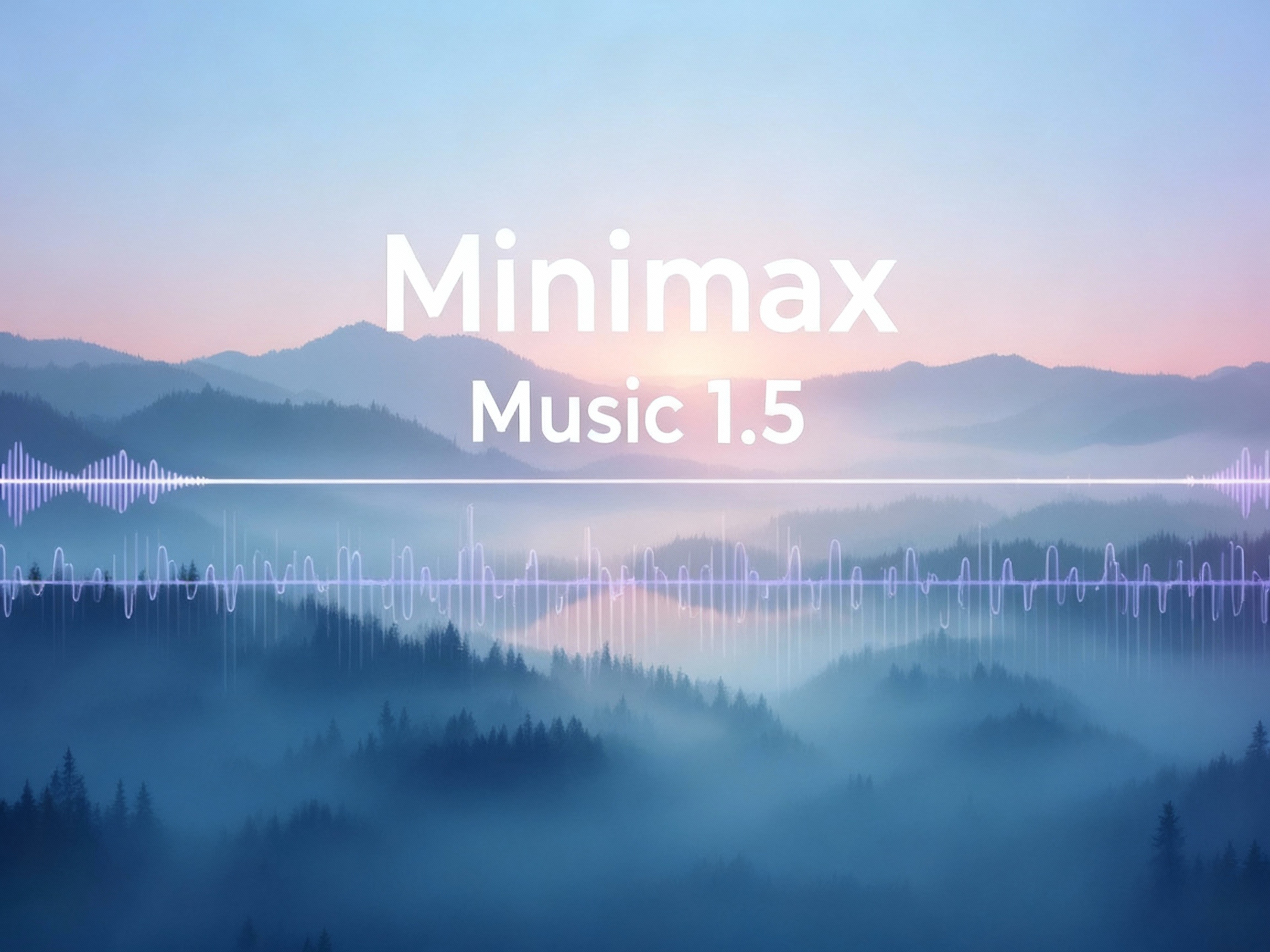
Music-1.5: Full-length songs (up to 4 mins) with natural vocals & rich instrumentation
Updated 1 month, 1 week ago
21.5K runs
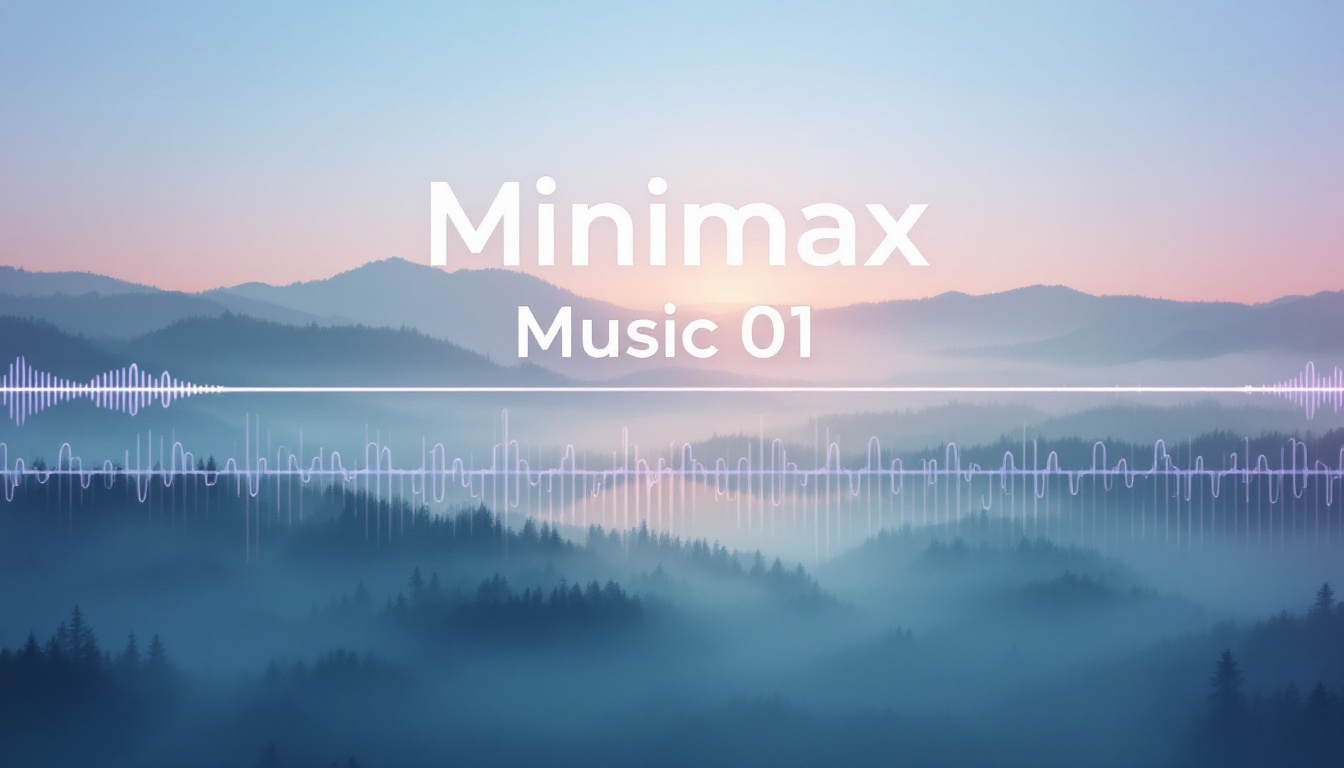
Quickly generate up to 1 minute of music with lyrics and vocals in the style of a reference track
Updated 1 month, 1 week ago
465.8K runs
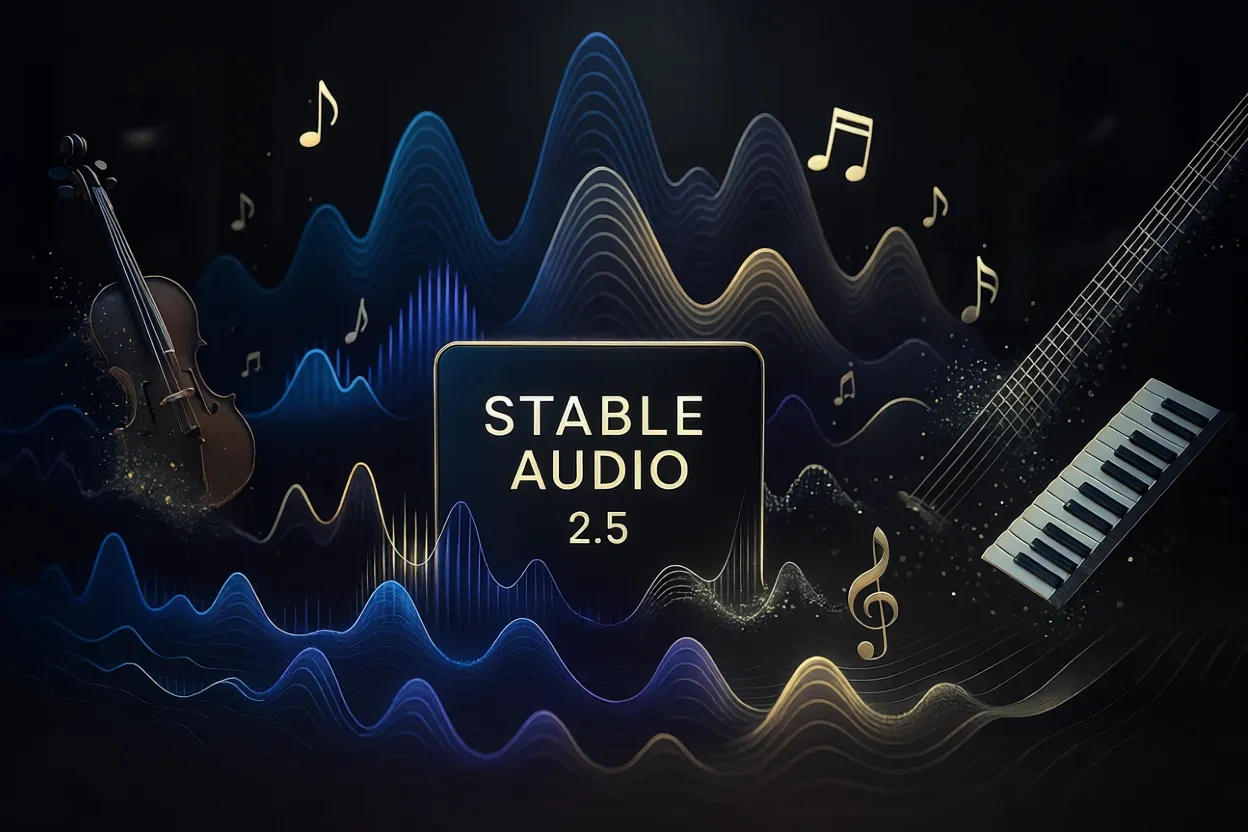
 stability-ai/stable-audio-2.5
stability-ai/stable-audio-2.5Generate high-quality music and sound from text prompts
Updated 1 month, 1 week ago
9.6K runs

 meta/musicgen
meta/musicgenGenerate music from a prompt or melody
Updated 1 year, 8 months ago
3.2M runs
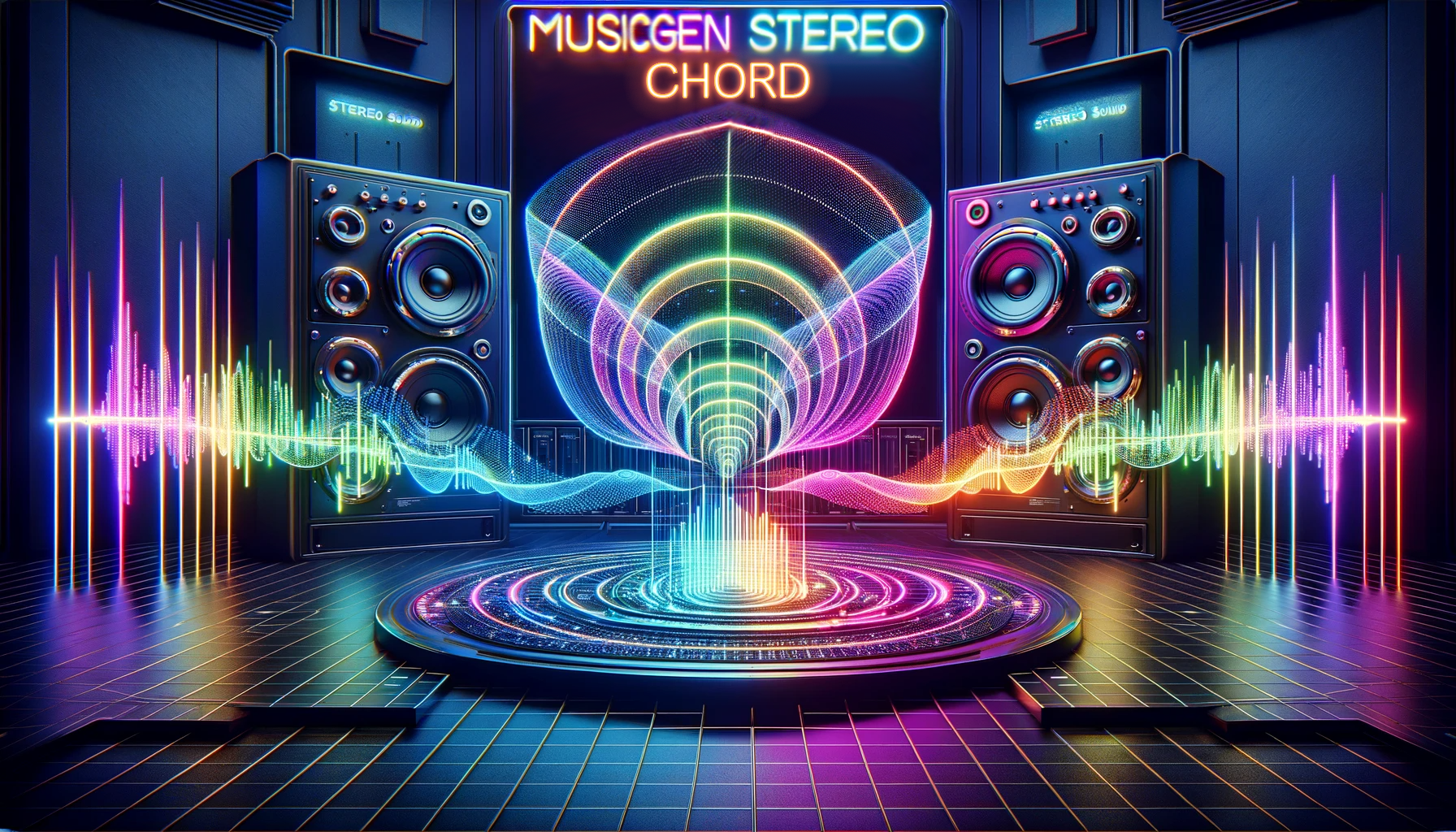
 sakemin/musicgen-stereo-chord
sakemin/musicgen-stereo-chordGenerate music in stereo, restricted to chord sequences and tempo
Updated 2 years ago
3.3K runs
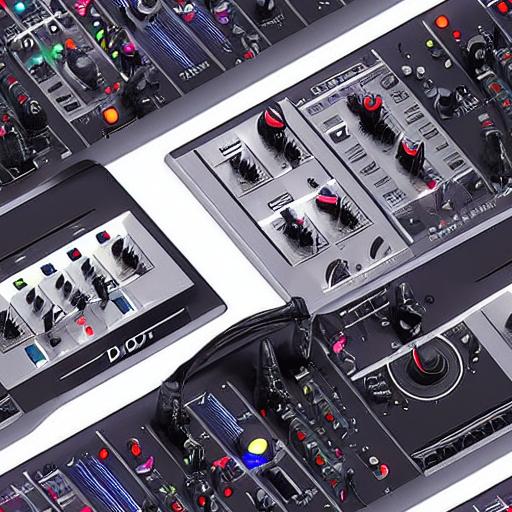
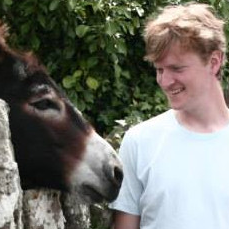 andreasjansson/musicgen-looper
andreasjansson/musicgen-looperGenerate fixed-bpm loops from text prompts
Updated 2 years, 5 months ago
60K runs
Recommended Models
